Affiliate links on Android Authority may earn us a commission. Learn more.
The Wear OS renaissance era is upon us and I'm here for it
September 27, 2023
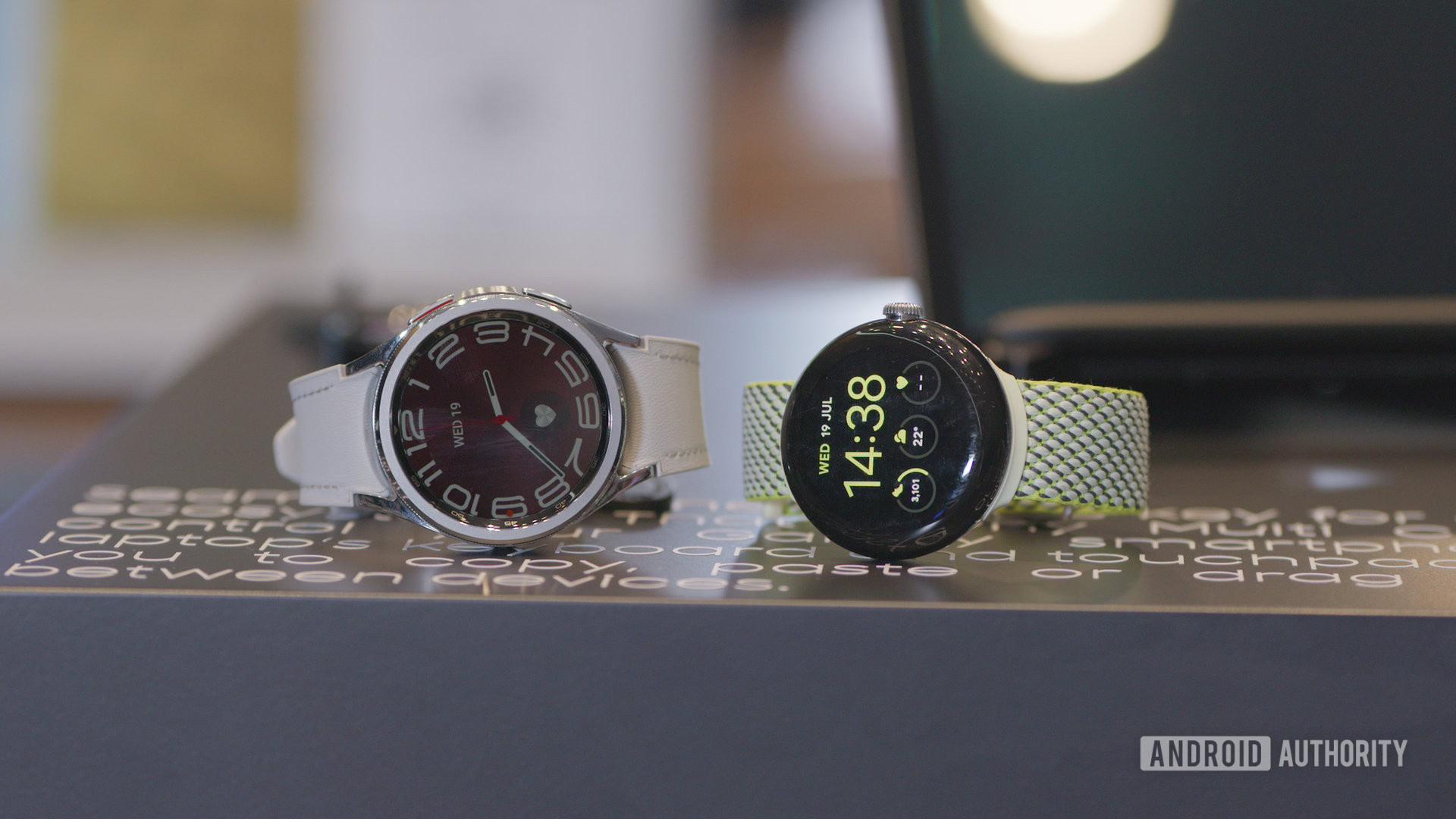
Two and a half years ago, all seemed lost for Wear OS. The Android platform, which was built specifically for smartwatches and wearables, was hobbling along with random Fossil and TicWatch options amidst a clear lack of commitment from Google, while facing the Goliath of the Apple Watch. But oh, how quickly can things change! I think Wear OS is in a better place now than it’s ever been, thanks to Samsung mostly, but also Fitbit, Xiaomi, Qualcomm, and potentially OnePlus. And it might be just about ready to properly compete with Apple.
For the first time in many years, I’m genuinely excited about Wear OS. Why? Let me explain.
Do you still have hope for Wear OS?
Wear OS: From a promising start to a dwindling platform
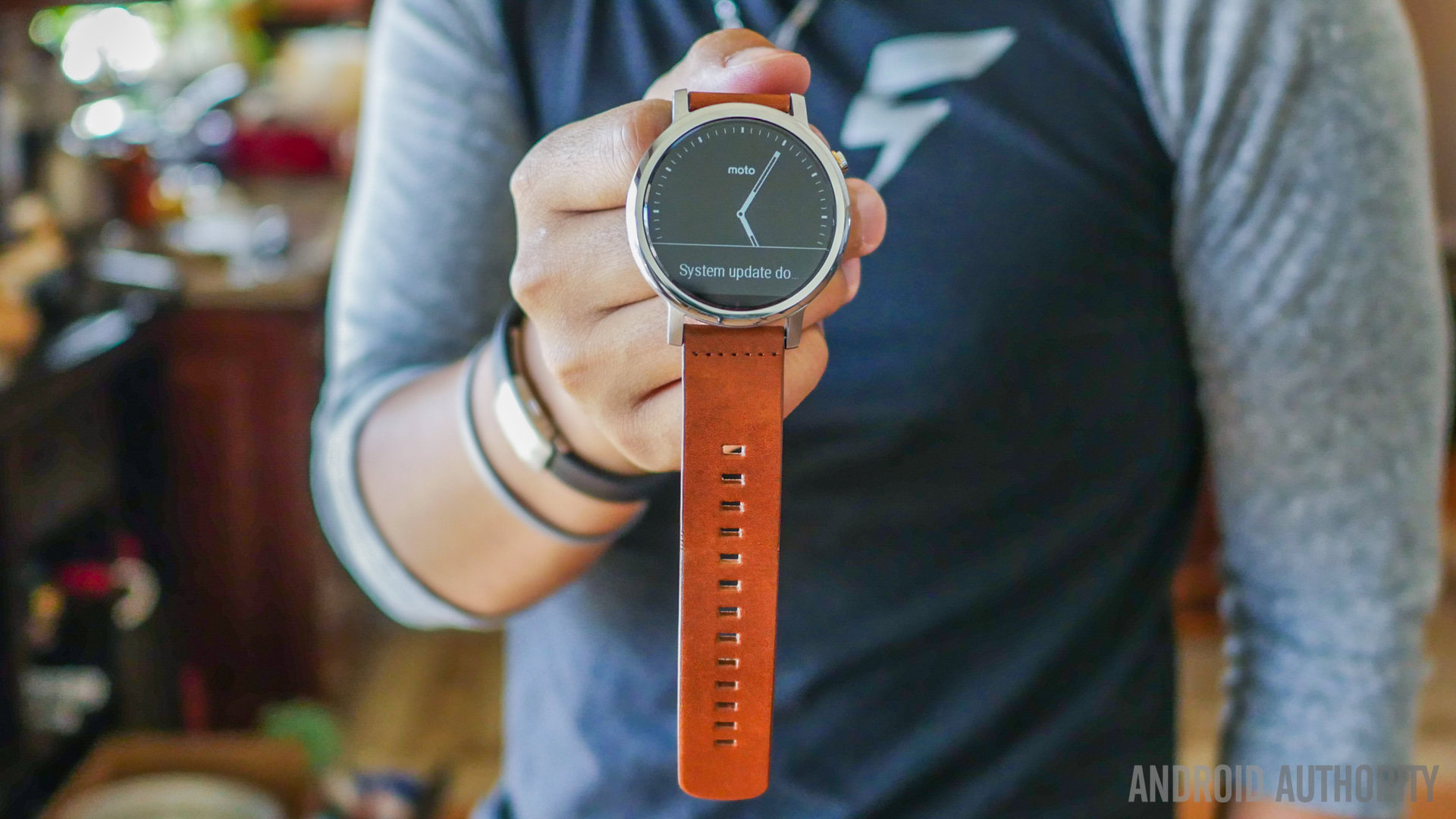
The early years of Android Wear were brimming with options and promise. Set to take on the world, just like Android was doing on smartphones, the platform launched and grew with partnerships from the biggest tech brands like LG, Motorola, Samsung, Sony, ASUS, and eventually HUAWEI. While most watches at the time were the very definition of “function over form,” some outliers tried to balance looks and features. I bought the LG G Watch R and later the HUAWEI Watch, both cool and elegant designs that I could proudly wear around my wrist. The Moto 360 had many fans too.
However, Google lacked the dedication to improve the platform. I refused to see it at first, but the many years of laggy performance, a half-baked Google Fit health service, an almost unusable Google Assistant, and a general lack of enthusiasm from users and Google alike, finally convinced me of that.
After a rocket start, the lack of dedication from Google and the switch to fashion-forward brands stalled Android Wear's development.
Android Wear slowly lost the interest of those big tech brands and pivoted into the fashion world. Google’s Fossil partnership ushered in a new era of smartwatches as fashion statements. You could buy a Fossil, Skagen, Diesel, Armani, Michael Kors, or any other high-fashion smartwatch brand yet still get the same mediocre experience under the hood, save for a few different watch faces. Yes, TicWatch, Suunto, and Casio tried to release a watch here and there, but they barely had any impact on the ecosystem. Rebranding Android Wear to Wear OS didn’t do much to revive anyone’s interest either.
In retrospect, I think Google made two big mistakes there. It repeatedly failed to identify what people would want in a wearable, and it didn’t give the big tech companies that were already pushing Android on their smartphones a reason (read: extra customizations) to do the same thing on smartwatches.

Apple’s first Watch or two were similarly unfocused, but Apple quickly honed in on what people wanted. Yes, a nice design made them wear the watch in the first place, but the fitness aspect, ring-closing obsession, and smart features kept them coming back day after day. Subsequent Watch Series focused on improving that experience, so much so that I started seeing Apple Watches everywhere, even in Lebanon where they weren’t officially sold. Wear OS watches? Barely any.
Apple's first Watch or two were similarly unfocused, but Apple quickly honed in on why people kept wearing it around their wrists.
And while Apple was growing its fitness empire, Google Fit didn’t make a dent in the Wear OS ecosystem. If you cared about health, an Android-running smartwatch was the last thing you’d buy. You’d only turn to Wear OS if you wanted a glorified notification screen with a beautiful design on your wrist. Even I, an Android Wear fan since the original calculator-like LG G Watch, sold off my Skagen Falster and started wearing a Fitbit tracker instead. Those were the dark years.
Samsung, Fitbit, Xiaomi, and the new dawn of Wear OS
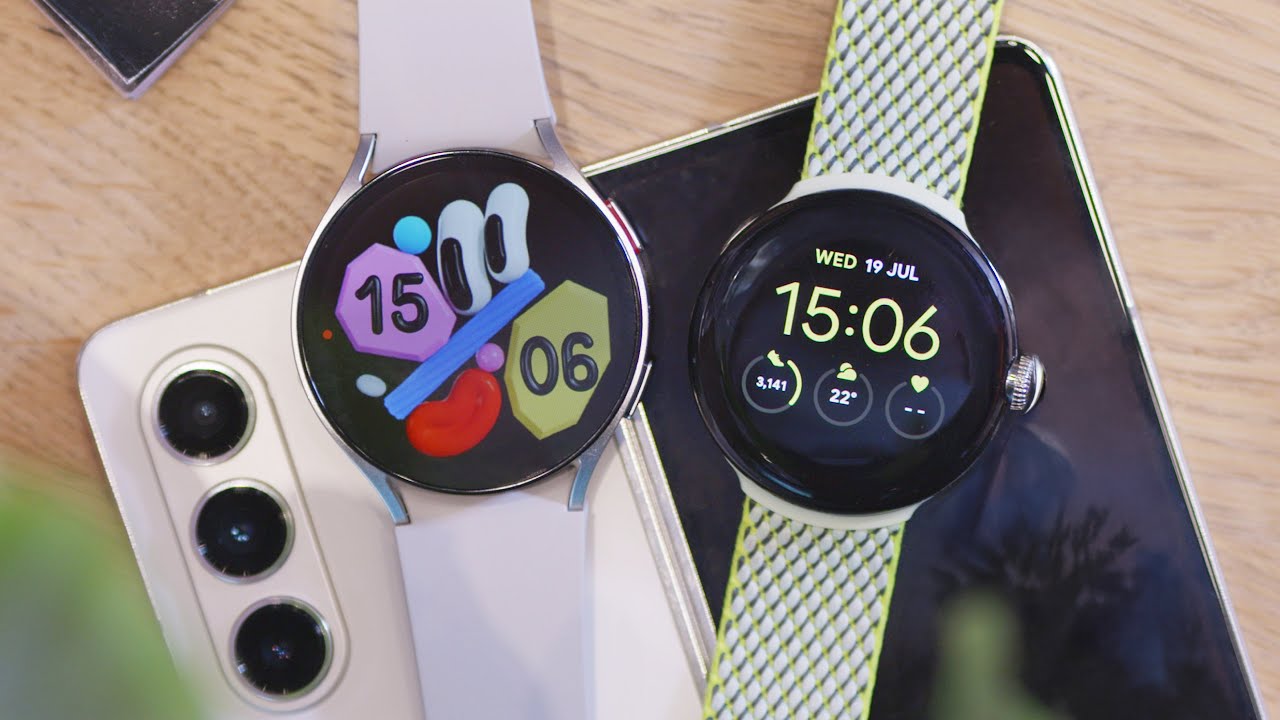
Obviously, things are very different now. It all started with Google’s and Samsung’s partnership to build Wear OS 3.0 and the Galaxy Watch 4. Getting Samsung to dump its homegrown Tizen OS in favor of a dying Wear OS platform must’ve been an epic battle, but someone at Google managed to do just that.
More than its expertise in building smartwatches and wearable platforms, Samsung brought along the one thing that Google didn’t have: commitment. When your biggest partner, the one that sells millions and millions of phones and watches every year, says they’re relying on you, you can’t drop the ball. Wear OS has been steadily improving since then, with more frequent updates and Pixel-like Feature Drops. It took three years to move from Android Wear 1.0 to 2.0, and four more years for Wear OS 3.0 to pop up. The new Wear OS 4 only took two years. Progress.
Samsung brought along the one thing that Google didn't have: commitment.
The Samsung-Google partnership also introduced two new aspects to Wear OS: customization and health. Samsung was given more or less of a carte blanche to do what it wanted with the skin on top of Wear OS — a surefire way to keep the brand hooked because it could unify the experience with its phones. It didn’t only make new watch faces, but it also changed the app drawer and settings toggles, it installed Samsung Pay, Bixby, and more of its own software experiences, and it tied it all not with the barebones made-for-all Wear OS app, but its own Galaxy Wearables app.
I was also excited to see proper fitness tracking come to Wear OS through Samsung Health and a plethora of sensors and measurements. The Galaxy Watch 5 and Galaxy Watch 6 are further proof that people want more health tracking and life-saving tech out of whatever they strap on their wrists.
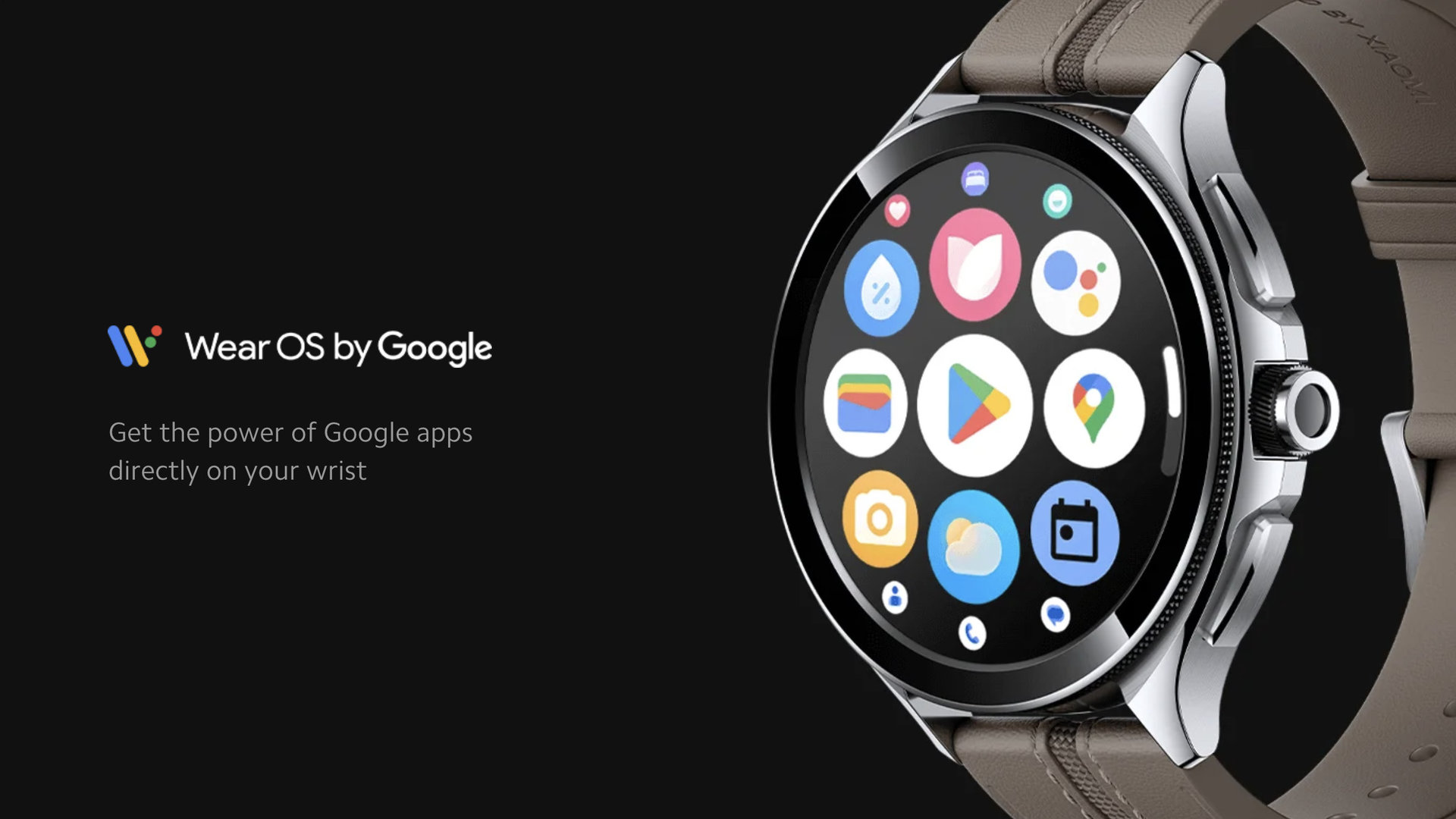
It’s not just Samsung, though. Yesterday, Xiaomi announced a new Smartwatch 2 Pro (above) running on Wear OS — its first smartwatch ever with Google’s software. And instead of hiding that fact under the rug, it bragged about it on stage and on its official website. I’ve been digging into this Smartwatch 2 Pro and it’s evident that Xiaomi is getting a similar deal to Samsung. It has a special app drawer, its own quick settings and notifications with different gestures (notifications from the top, toggles from the bottom), plenty of health and fitness tracking features integrated with its own platform, and once again, it all pairs with Xiaomi’s app.
Xiaomi's new smartwatch runs Wear OS with its own customization and health platform. OnePlus could soon follow.
Maybe Samsung’s exclusivity deal was for two years then? Because rumors suggest an upcoming OnePlus Watch could run Wear OS too, and I wouldn’t be surprised if it turns out to be a similar deal to Samsung’s and Xiaomi’s. The Fossil fashion days seem a bit behind us, but that doesn’t mean that recent Wear OS watches have been ugly — quite the contrary. I think Samsung and Xiaomi have found a neat balance between form and function.
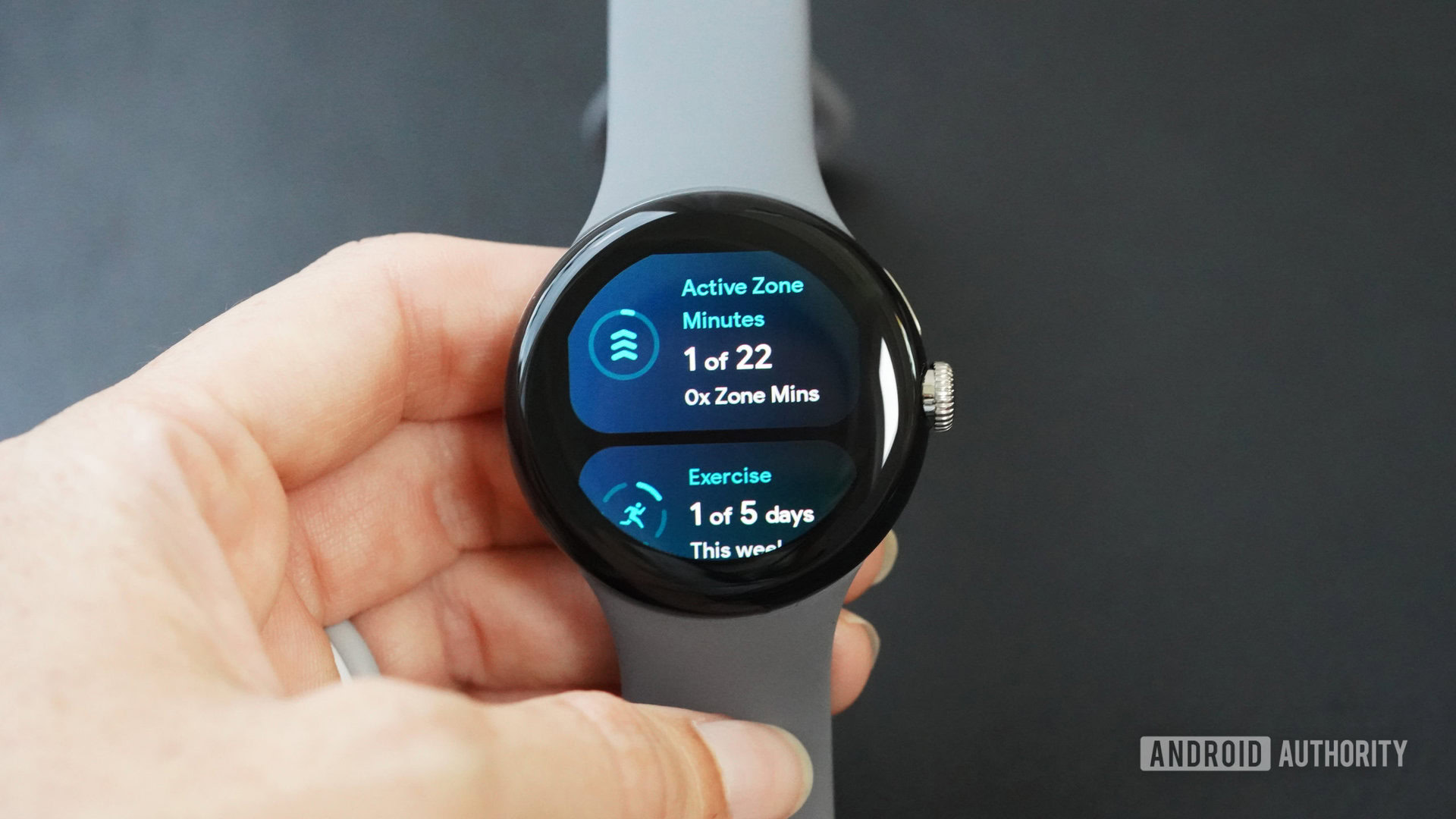
It goes without saying that Google having skin in the game with the Pixel Watch and imminent Pixel Watch 2 changed the rules too. So did the Fitbit buyout. And Qualcomm’s dedication to making more capable and power-efficient chips for smartwatches. For the first time in years, things are moving forward with Wear OS, and in a direction I can fully get behind.
Today's best stock Android features started in a non-stock skin somewhere. Samsung and Xiaomi can bring that innovation to Wear OS too.
I’m excited to see what Google can do with its own Pixel Watch lineup and with its tight Fitbit integration. I’m even more excited to see how Samsung, Xiaomi, OnePlus, and potentially other brands will push the ecosystem further, just like they did with Android. The best stock Android features of today started in a non-stock skin somewhere, so other companies should hopefully push Wear OS forward too. I want more reasons to strap on an Android-running smartwatch on my wrist every day, and this is it.
Eyes on the ball, Google. You don’t get to mess up and restart again in nine years, so you better make this one count.